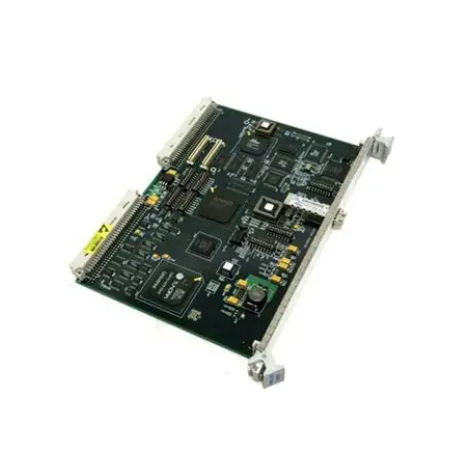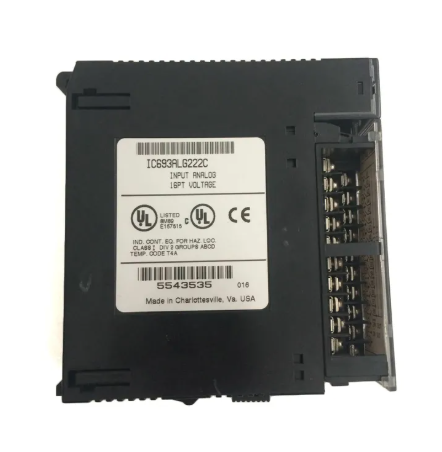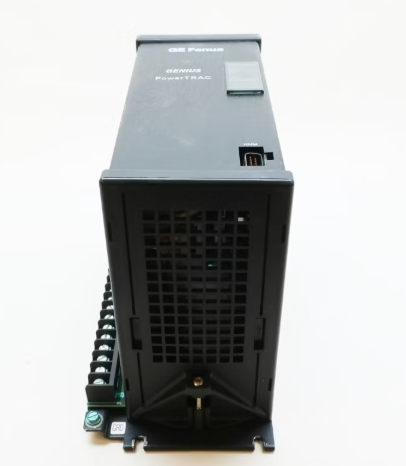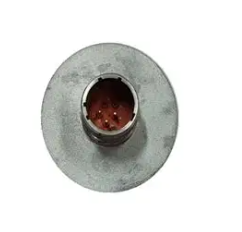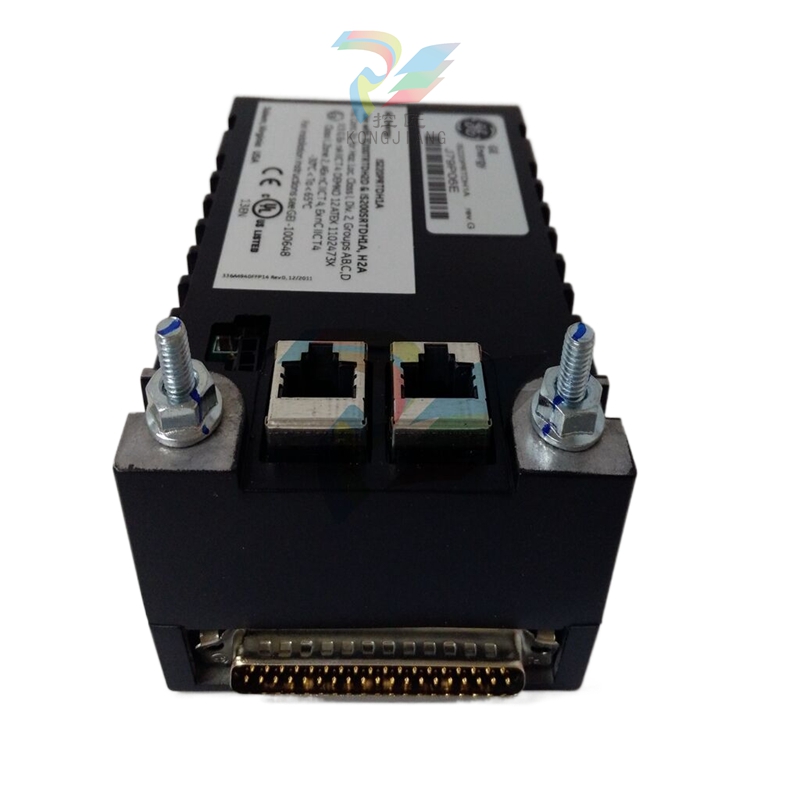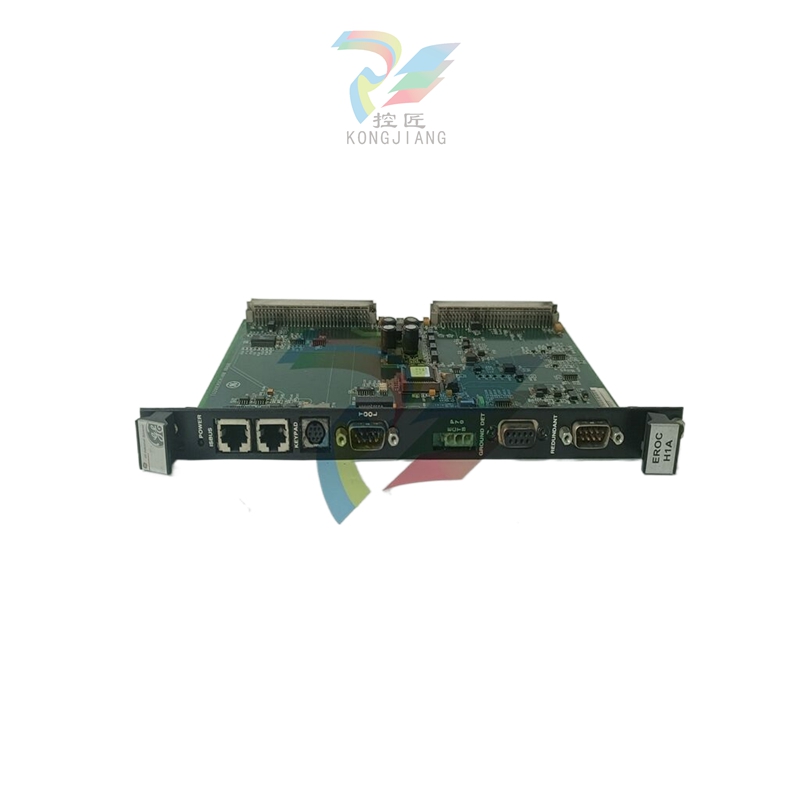The life sciences are starting a third revolution. Remember these three key words
The coronavirus pandemic has infected more than 100 million people worldwide and killed more than 2.2 million. Will the coronavirus disappear, or will it continue to coexist with humans? Can vaccine development keep up with virus mutation? What will the future life science revolution look like?
In response to the above questions, "Intellectuals", Scientific Exploration Awards and Tencent News jointly launched the New Year special program "2021 Creator's Ultimate three Questions" series live, specially invited the executive president of the Peking University Institute of Frontier Interdisciplinary Sciences, academician of the Chinese Academy of Sciences Tang Chao, Ouyang Qi, professor of the School of Physics of Peking University and academician of the Chinese Academy of Sciences, and Li Dong, researcher of the Institute of Biophysics of the Chinese Academy of Sciences and winner of the Scientific Exploration Award, shared their thoughts. The discussion was moderated by senior media writer Yang Yan.
Did you get this interesting, rich science feast? Take a look at the notes taken by The Intellectual.
How long will the 01 virus live with humans?
As the black swan event with the greatest impact on the world in the past year, the COVID-19 epidemic has naturally become the focus of discussion. Why is a small virus causing global panic, and when can we get rid of this cunning virus?
"Viruses are nature's natives." Tang Chao pointed out that viruses existed in nature much earlier than humans. Moreover, they have strong vitality and can adapt well to a variety of natural environments and changes. As a result, humans have been living with viruses and bacteria since the beginning of time, most commonly influenza and colds. When a new virus infects the human body, there may be a relatively violent immune response, but from a scientific point of view, this is normal.
In response, Ouyang said that humans are not unable to cope with the virus. In human development, natural evolution is the main way to fight against viruses. The other is to rely on modern science, through scientific means to understand the virus, and then design the corresponding drugs and vaccines against the virus. For example, compared with the SARS virus in 2003, although there are some changes in the new coronavirus, human understanding of the virus and the means of prevention and treatment are also evolving, he said.

Li Dong analyzed from the perspective of the survival instinct of the living body. Li Dong said that the ultimate goal of viruses as living beings is to let themselves survive, and after coming to human society, its evolutionary goal is to coexist with human society. Perhaps the arrival of a new virus will make humans ill-adapted, resulting in a higher mortality rate. But with the development of technologies such as vaccines, people are finally able to respond to outbreaks of infectious diseases. At the same time, Li Dong also stressed that the protection of any vaccine has a certain probability, depending on the immune system response of the person, and vaccination does not mean complete insulation from the virus. But with the protection of vaccines, it is possible for humans to build a barrier of herd immunity.
As for how to deal with the epidemic and how the epidemic will develop in the next step, the three scholars all showed a relatively optimistic attitude. Tang Chao said that the mutation of the virus is a means to adapt to various environments, and the virus has mutated, and people's immunity is constantly adjusting.
The RNA vaccine that has been outstanding in this outbreak has also been fully affirmed by three scholars. "RNA vaccines are a very powerful weapon," Tang said, adding that after the development of the new coronavirus epidemic, RNA vaccines will be more mature and vaccine development will be faster. Ouyang said that even if the virus finds new characteristics, mRNA vaccines can quickly change in response to virus mutations. Li Dong also said that the advantage of RNA vaccines is that they can accelerate iterative vaccine development according to the genetic sequence variation of the virus, which opens up a new technological path for human beings to better respond to public health events in the future.
02 Design life is still in its very early stages
In recent years, technology has advanced by leaps and bounds, giving us more and more tools to fight diseases and viruses, including strategies to deal with global outbreaks such as the novel coronavirus. At the same time, the scientific community is always alert to the "double-edged sword" role of science and technology, hoping that science and technology can benefit mankind while avoiding greater trouble. For example, synthetic biology has received much attention in recent years.
Synthetic biology is a new subject with the development of molecular biology. It can be used to synthesize some complex functions in natural life, or even to design life artificially. In the live broadcast, three scholars discussed the challenges of designing life and how to avoid the risks brought about by the development of technology.
In March 2016, Science magazine published a study in which American biologist Craig Venter designed and created a bacterium with only 473 genes, which was considered at the time to be an artificial life with the smallest genome but able to replicate itself, causing a huge sensation.
In this regard, Tang Chao interprets that this work essentially synthesizes the DNA of a bacterium by chemical means, and this DNA is cultured in another bacterial mother, and another bacterium reads this DNA and becomes the first bacterium, which is technically a progress, but it cannot be considered as synthesizing a new life, but "transplanting a new life."
Ouyangqi, who does biology research at Peking University's School of Physics, commented that it could be argued that Venter's team "copied" life. After they sequenced one bacterium, they synthesized its DNA using a synthetic technique and put it into another bacterium, which grew up following the genetic code of the first bacterium. "In fact, in this process, you don't understand the mechanism... The question is, can you copy it and change it? Can you transform it with purpose? That's actually the key to synthetic biology."
Ouyang Qi also pointed out that synthetic biology has two main tasks, from the basic research level, to understand as much as possible what the quantitative laws of synthetic life are; From the application level, according to the existing knowledge, it is not possible to solve the problem of prediction, that is, what can be designed, "there are still many basic problems to be solved."
Li Dong agreed with Ouyang Qi's view. Designing life from the ground up, he says, is certainly the goal of human endeavor, but it is true that we are far from that goal.
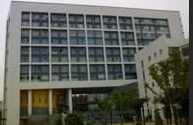
Current synthetic biology, he explained, introduces the concepts of molecular biology, genomics, and engineering to make living things programmable, as well as to have large reserves of knowledge and data as drivers. However, due to our current limited understanding of life, even a single cell or a organism such as a bacterium, without a thorough understanding of its operating logic, it is impossible to design a complete life from scratch.
"Right now, if we're going to design a whole new cell, I don't think it's possible. Even now, it's very, very difficult to design just one chromosome, put it into an existing cell, and get it through mitosis." Li Dong said.
Li Dong said that in order to truly design life from scratch, there is still a lot of basic research work to be done, such as the development of new observational methods or analytical techniques that can allow us to reveal the entire life process in a panoramic manner, "which should be said that the road to synthetic biology must be crossed."
"The life sciences may not just be a field of their own, but may integrate tools like artificial intelligence, engineering, and other physics to really deconstruct life." After deconstruction, I felt that it was possible to do real synthesis and building knowledge." Li Dong said.
Although all three scholars agree that synthetic biology is still solving some basic problems and is far from truly designing life, they also talk about the need to consider the relevant ethical issues in the development of science and technology in order to prevent the destruction of technology on human beings.
"When human beings use new technologies to change human society, human society has evolved to today, and even nature has evolved to today, perhaps with a little reverence." Some things should not be too hasty, otherwise the consequences may not be something we can deal with." Li Dong said that to promote the application of technology, we need to make two preparations, not only to see its advantages, but also to see the disadvantages. For example, "When you don't fully understand the brain, once you make the brain-computer interface really can control something, etc., I think it may be possible to do some experiments at the laboratory stage, but you must be cautious about promoting it." In this way, we can achieve a more balanced development process with the existing human society or the natural world."
Tang Chao introduced that in the field of gene editing, it is strictly prohibited to edit human germ cells is a red line drawn by the scientific community, which is because artificially changing the genes of germ cells, the changed genes will also be inherited to the next generation, and affect the entire human gene pool.
Li also mentioned that many of the current concerns are likely that technological progress is not good enough, the scientific community does not understand the technology thoroughly enough, so more basic research on life itself is needed. However, technological progress is also iterative, and it may be possible to overcome existing concerns by "iterating on safer or more efficient versions."

03 What does the Third Life Science Revolution mean?
Tang Chao, who is familiar with the history of contemporary science and technology, believes that mankind will usher in the third life science revolution. The first life science revolution began in the 1950s. This revolution brought a large number of physical and chemical tools and ideas to the life sciences in methods such as X-rays, nuclear magnetic resonance, electron microscopy, etc. Its signature achievement was the discovery of the double helix structure of DNA using X-rays. The second life science revolution began in the 1990s with genomics, the intersection of mathematics and computer science with the life sciences. The third life science revolution is beginning, based on technological progress and comprehensive interdisciplinary integration, "This life science revolution will not only bring opportunities and challenges to the development of life science itself, but also to the development of other quantitative disciplines." [1]
For the third life science revolution, Tang Chao gave three key words: "technological progress", "interdisciplinary integration", "quantification of life science".
He explained that technological progress refers to the rapid development of new technologies, such as imaging technology, gene editing technology, stem cell technology, brain-computer interface technology and so on.
Regarding the "interdisciplinary integration", Tang Chao said that the discipline is artificially defined, not defined by nature. In the process of studying nature, as the research is refined, it is divided into disciplines, but such classification has great limitations. For complex phenomena in the field of life science, one discipline is far from enough, and many new technologies need to integrate physics, chemistry, including information science. "The fact that different disciplines are bringing something new into the life sciences is critical, and it's a big sign of the third life sciences." He also emphasized that interdisciplinary convergence, while driving the third life science revolution, will also affect other disciplines, bringing new physics, mathematics, computer science, and so on. Therefore, this revolution is not only a revolution of a single discipline, but also a revolution of interdisciplinary integration.
As for the third key word - "quantification", Tang Chao said that today in the field of life, unlike physics and chemistry, equations have been discovered and summarized. "Quantification" is the "universal quantitative law", which is to understand the principles of living systems and change to quantitative and predictable science.
Ouyang Qi and Li Dong agree with these three key words. Ouyang Qi said that integration may be the future trend. "The future of science may be focused on problem solving, rather than this being a problem of physics, this being a problem of astronomy or mathematics, [but] becoming more and more integrated."
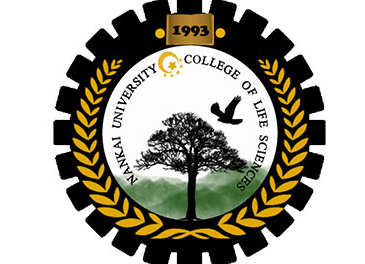
The integration of disciplines means the integration of knowledge, and the integration of knowledge cannot be separated from talents. Li Dong stressed that the third life science revolution, which is mainly characterized by interdisciplinary science, poses a great challenge to future students, and also poses a great challenge to schools to train interdisciplinary talents to meet future needs. As for the cultivation of future talents, he suggested that the first is to be driven by their own interests, have the ability to find problems, not for the sake of crossover, but to be driven by the problems of life science itself, and carry out interdisciplinary research; The second is the construction of learning capacity, the development of a broader science-based interest at university, and the ability to enter into further study in various disciplines.
Ouyang Qi said that the most key of the three keywords is "quantification", there are two ways to describe quantitative, one is similar to the analytical formula, like Newton's second law can explain some phenomena; The other is big data, which trains models with massive amounts of data, such as AlphaGo, which plays chess, and AlphaFold, which predicts proteins. "We are already seeing possibilities and directions for quantitative descriptions of life... [But] until now, there have really only been specific life processes that can be quantitatively described, and that's very rare."
Finally, Li Dong talked about bringing more objective and quantitative descriptions driven by new technologies, then recognizing the laws, and then reverse iteration and reverse engineering after abstract induction. The idea is well accepted within the scientific community, but it is still in its infancy. "I don't think it's easy to say how it will evolve or at what point in time," Li said.
- EMERSON
- Honeywell
- CTI
- Rolls-Royce
- General Electric
- Woodward
- Yaskawa
- xYCOM
- Motorola
- Siemens
- Rockwell
- ABB
- B&R
- HIMA
- Construction site
- electricity
- Automobile market
- PLC
- DCS
- Motor drivers
- VSD
- Implications
- cement
- CO2
- CEM
- methane
- Artificial intelligence
- Titanic
- Solar energy
- Hydrogen fuel cell
- Hydrogen and fuel cells
- Hydrogen and oxygen fuel cells
- tyre
- Chemical fiber
- dynamo
- corpuscle
- Pulp and paper
- printing
- fossil
- FANUC
- Food and beverage
- Life science
- Sewage treatment
- Personal care
- electricity
- boats
- infrastructure
- Automobile industry
- metallurgy
- Nuclear power generation
- Geothermal power generation
- Water and wastewater
- Infrastructure construction
- Mine hazard
- steel
- papermaking
- Natural gas industry
- Infrastructure construction
- Power and energy
- Rubber and plastic
- Renewable energy
- pharmacy
- mining
- Plastic industry
- Schneider
- Kongsberg
- NI
- Wind energy
- International petroleum
- International new energy network
- gas
- WATLOW
- ProSoft
- SEW
- wind
- ADVANCED
- Reliance
- YOKOGAWA
- TRICONEX
- FOXBORO
- METSO
- MAN
- Advantest
- ADVANCED
- ALSTOM
- Control Wave
- AB
- AMAT
- STUDER
- KONGSBERG
- MOTOROLA
- DANAHER MOTION
- Bently
- Galil
- EATON
- MOLEX
- Triconex
- DEIF
- B&W
- ZYGO
- Aerotech
- DANFOSS
- KOLLMORGEN
- Beijer
- Endress+Hauser
- MOOG
- KB
- Moxa
- Rexroth
- YAMAHA
- Johnson
- Westinghouse
- WAGO
- TOSHIBA
- TEKTRONIX


Email:wang@kongjiangauto.com


















































































































